| » BROJ 85 |
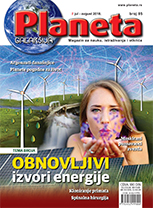 |
Godina XV
Jul - Avgust 2018.
|
|
| » Glavni naslovi |
SUMMARY
Summary
Topic of the publication
Renewable energy sources |
|
 |
The rise of the "clean" electricity
The production of energy from renewable sources rose sharply in 2016: about two thirds or 165 GW of electricity produced in the world originated from pure sources. The reversal came largely due to the solar panels use in China and other parts of the world: the number of solar panels increased by about 50 percent. According to the report of International Energy Agency (IEA), renewable sources, significant price reduction and greater support open the way for further growth of renewable energy sector.
Predictions are that the energy capacities for such sources will increase and that by 2022 production will exceed 920 GW. Sun energy will be used the most. China, USA and India today are the leading countries in the production of energy from alternative sources; in few years they are expected to produce most of the world's "clean" energy.
|
Astronomy
Life and reason in outer space |
|
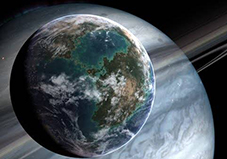 |
Revolutionary astronomical discoveries have changed the idea mankind had of the Universe that surrounds us, as well as idea of the position of the Earth and the people in it. Firstly Copernicus pointed out with his heliocentric system that Earth is only one of the planets circling the Sun. Later was discovered that stars are other distant sun, and that our star, the Sun, is only one in billionth of stars in our Milky Way galaxy.
How many other planets circulate around these distant suns and how many worlds there are on which life exists? This question was not dealt with by only philosophers - every man who ever gazed at the night sky sprinkled with countless stars felt the same unrest and the same helplessness. We can not accept that we are alone in the Universe, yet we still have no way of findig out where other inhabited worlds might be. So far no life has been found out of the Earth, but no reason has been established for which the Earth would be a special case in relation to other worlds, or for which the existence of life would be the privilege of our planet.
|
Artificial intelligence
Argonauts of today |
|
 |
At a study panel held in September 2016 at the University of Stenford, a group of scientists confirmed that artificial intelligence is not a threat to humanity, and that it will have positive impacts on our society and economy – and by the year 2030.
How does this positive impact look in practice? An example of the threat of the practical application of artificial intelligence is the deadly autonomous robot SGR-A1, located in a demilitarized zone between North and South Korea. This robot oversees the zone in which it is set up, and every person spotted is a priori assumed as enemy thus is required to identify itself by voice.
If the "intruder" fails to identify itself correctly and within a sufficiently short time, the robot can activate the audible alarm, or shoot target with rubber or deadly ammunition. Before applying the deadly force, robot seeks permission from a human operator, but this part of the procedure is not conditioned by technical requirements. In other words, robot is able to perform the entire operation completely independently, from detecting the target to the application of the deadly force, while the presence of the operator is a matter of ethical and political correctness. What awaits us in the future?
|
MEDICINE
Spinal Surgery |
|
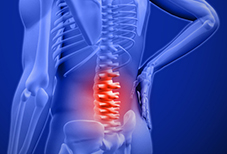 |
In the last few decades, spinal surgery has been technologically advanced, both in the development of new techniques and implants, and also in the development of instrumentation for their application. Since great progress has been made in the field of imaging diagnostics, which increased the ability of the surgeon to accurately identify and correctly anatomically locate the cause of pain, spinal surgery is very safe and successful, says Dr. med. Slaviša Zagorac, spinal surgeon, associate of the General Hospital "Bel Medic" in Belgrade.
Anatomically specific because as the greatest hard bone tissue protects the most sensitive, nervous system, the spine is the main physical support to the body and upright walking, as well as the armor that protects the spinal cord, that is the key motor-sensitive links between the central nervous system and all body organs. Contemporary spine column surgery, or spinal surgery, which involves the treatment of injuries and spinal cord disease, therefore has three main tasks: to stabilize the spinal vertebrae after fracture or swelling, relieve pressure from the nerve or spinal cord, and to eliminate or at least reduce some deformity of the bone part of the spine.
|
Mathematics Strategy for the defense of the rose |
|
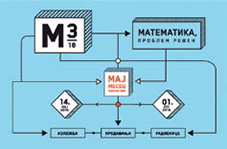 |
Who invented the gear wheels, how biology helps mathematics and how to quantify the form in biology, why "Mercedes" and "Toyota" are the most expensive brands, how are biorhythms and cosine functions connected... these are just some of the many questions that this year's participants in the seventh manifestation "May, the month of mathematics" held in Belgrade tried to answer.
For example, biorhythms as regular time fluctuations in biological processes are closely related to external cycles, analogous to oscillators in physical systems. Periodic fluctuations in the life processes flow in different duration and frequency. Biological oscillators are heart, respiratory cycle, secretion of different hormones, menstrual cycle, muscle contraction, nerve impulse, blood cell cycle. How do biological processes change in an interval? Can a mathematical function describe these changes?
|
Beekeeping
Honey - both food and medicine |
|
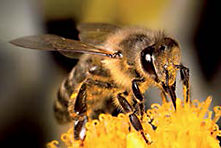 |
Beekeeping is a very important component of modern agriculture - because of production of honey, pollen, royal jelly, propolis, wax, bee venom, queen bees and swarms, as well as pollination of spontaneous and cultivated plant species and increased yields. The engagement of bees as pollinators increases the quality and quantity of the obtained fruits. Spontaneous and cultivated flowerbeds are irreplaceable source of natural bee honey, and thus it makes sense talking about the perfect symbiosis of flower plants and bees.
Developed countries pay great attention to beekeeping, giving beekeepers recourse and freeing them from paying taxes on property and sales tax on bee products. In the northern part of Europe, honey bee is grown and particular beekeeping subsidies are introduced since bees exclusively pollinate cultivated plantations, regardless of the fact that these bees do not give a drop of honey. On the other hand, in America, during one year, moving the bee from plantation to plantation can bring an income of 160-200 dollars per hive during single pasture.
|
Biology
Spieces that will no longer exist |
|
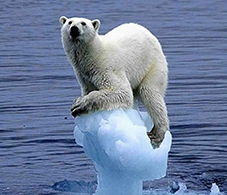 |
Every specie in nature has its role and importance for the eco-system. All species, including man, are interconnected. No matter what space they exist in, some species have a global, and others regional or local impact. Endangerement of any speces directly or indirectly affects the vulnerability of the other. Biologists have found that on our planet there are 34 so-called "hot spots" that is habitats with the largest number of endangered species in the world. A "hot spot" is an area that has lost 70% of the original vegetation, while "burning spots", like the Philippines, have lost 90% of vegetation. Many animals are threatened with extinction because they can not survive in a world constantly changing, predominantly under the influence of man. Many species have been exterminated because nothing has been done to save them. Most of the critically endangered species await the same fate. Although it may sound surprising, there is nothing unusual about extinction - it is an important part of nature. About 5500 animal species is currently classified in several categories, including exterminated, endangered and vulnerable species. Almost a quarter of all mammals are on this list, about 4% are reptiles and amphibians. In Serbia, over 200 species of plants and over 400 species of animals is placed, as natural rarities, under the strictest degree of protection. Data on species status are taken from the Red List of Endangered Species on a global scale.
|
Biology
Life under volcano |
|
 |
One of the largest volcanic eruptions in recent history occurred in 1883 on the volcanic island of Krakatau, located between Sumatra and Java. Estimated 36,000 lives were lost in this eruption that caused tsunami and led to a temporary drop in temperature across the planet. Apart from this, the eruption resulted in island remaining a completely uninhabited area, without any plant and animal species in the lush tropical area of Indonesia.
Three years after the eruption, first researchers coming to the island discovered blue-green algae, bacteria and moss, ferns and some of the flower beds growing on the volcanic ash soil. Ten years after the eruption that destroyed the organic world, Krakatau was well populated by plants, partly even by lush vegetation. As for animals, mainly insects and spiders, and Varanus lizard, island with numerous tropical vegetation in 1921 was habitus for over 500 species of animals.
The re-emergence of a living world on a devastated island spattered with volcanic debris, demonstrates, and even in finest details, how a living community is formed and how some organic species enter into a new living environment of uncertain conditions.
|
Paleontology
Like the horns of God Amon |
|
 |
The Earth is distinguished by the incredible diversity of life forms that confused the great naturalists. Since there is no reliable model or formula, the total number of living species has not yet been accurately determined. According to some scientific estimates, currently exists about 10 million species of organisms. In some opinions that number is to be greatly multiplied if a high number of insects is taken into account.
Observing the fossil record from the first appearance of life, the impression is that the number of plant and animal species is continuously increasing over time, despite several mass extinctions. There were even claims that the numer of species is infinite, but studies show that the upper limit of diversity is highly dependent on ecological factors. Since for most groups of organisms fossil records are usually incomplete, data obtained by statistical analyzes is considered predominantly unreliable regarding interpretation of evolution. Therefore, numerous theories on evolution, distribution and lifestyle of certain groups of organisms are still unclear.
Large group of microorganisms, especially planktonic foraminifers, is an evidence of evolutionary history because they have an almost continuous fossil record, making them an ideal group for the study of evolution.
|
Kompletni tekstove sa slikama i prilozima potražite u magazinu
"PLANETA" - štampano izdanje ili u ON LINE prodaji Elektronskog izdanja
"Novinarnica"
|
|
|
» Prijatelji Planete |
| » UZ 100 BR. „PLANETE” |
|

|
| » 20 GODINA PLANETE |
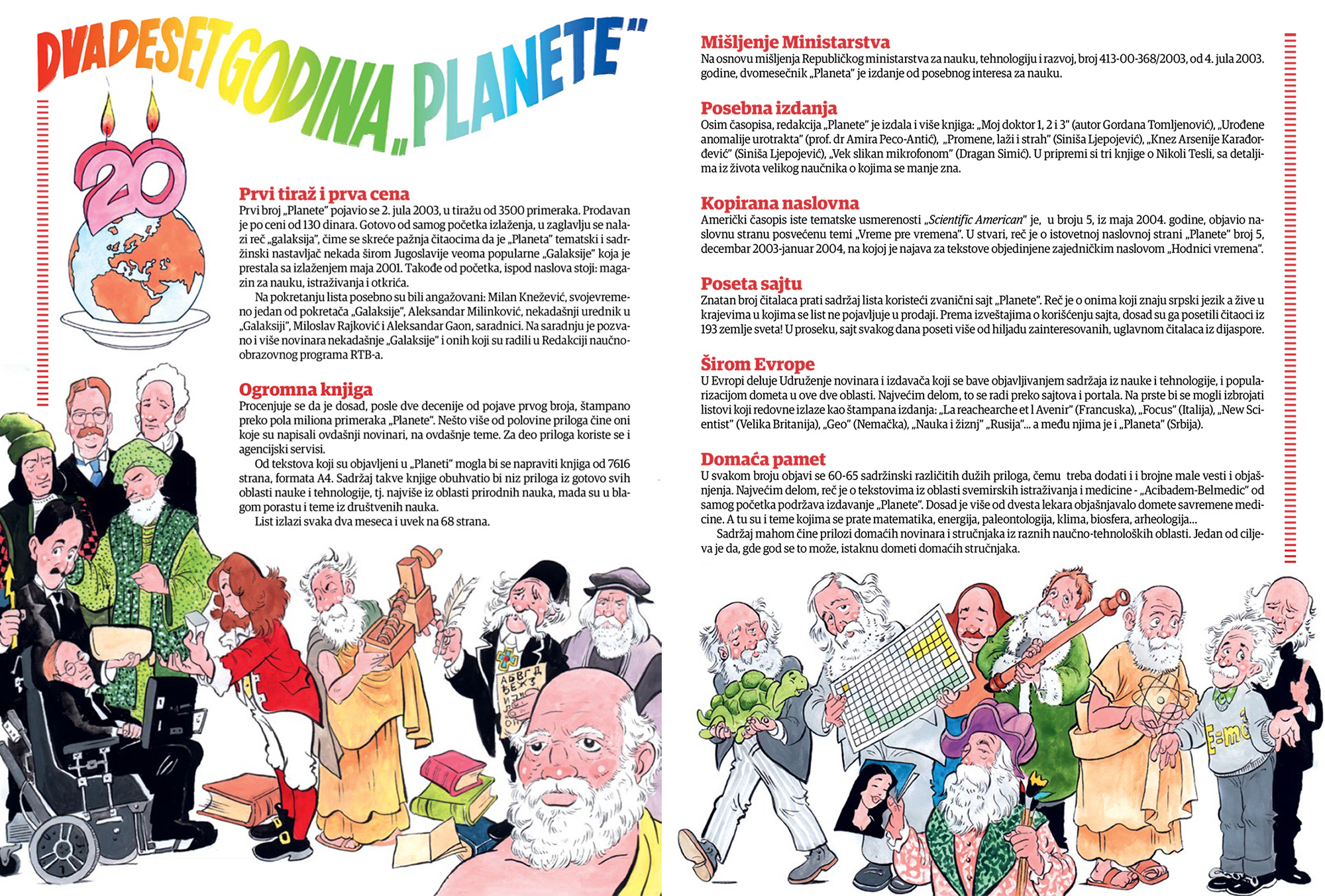



6 digitalnih izdanja:
4,58 EUR/540,00 RSD
Uštedite čitajući digitalna izdanja 50%
Samo ovo izdanje:
1,22 EUR/144,00 RSD
Uštedite čitajući digitalno izdanje 20%
www.novinarnica.net
Čitajte na kompjuteru, tabletu ili mobilnom telefonu

|
| » PRELISTAJTE |
NOVINARNICA predlaže
Prelistajte besplatno
primerke
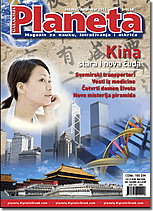
Planeta Br 48
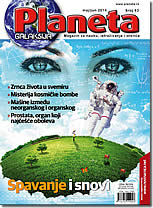
Planeta Br 63
|
| » BROJ 120 |
 |
Godina XXI
Novembar - Decembar 2024.
|
|
|

